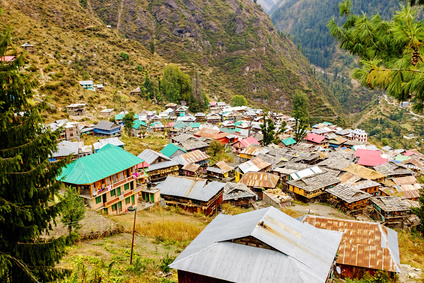
Does “chasm-crossing” theory fit the microgrid industry?
Weekly Microgrid News, August 5, 2016
This week’s Microgrid News Roundup includes: Minnesota university awarded grant to build microgrid designed for research and technology development… In France, an experimental microgrid shows benefits of local power distribution…, A small village in India, chosen as “smart village:” its hospital, school to benefit from reliable energy… Market strategist asks: How well does the “chasm-crossing” theory fit the power delivery industry?…Encouraging energy storage forecast for 2020…India microgrid projections ambitious but lack detail.
Read more about these
weekly microgrid news topics…
Utility Grant to Help Advance Microgrid Technology in Minnesota. A Minnesota university will take a step forward on microgrid research thanks to a grant from the state’s largest utility. The University of St. Thomas will use a $2.1 million grant from Xcel Energy to begin work on building a microgrid and an associated facility dedicated to developing that technology.
An experimental microgrid in the south of France is demonstrating both the technical and business sides of local power production and distribution. Nice (pronounced “neese”) is located at the end of a major distribution line, making it susceptible to power outages, as well as brownouts during high demand periods. The microgrid project, commissioned by French grid operator Electricité Réseau Distribution France (ERDF), was conceived in 2011. Its mission is to serve as a test and demonstration site – a proving ground for grid-level energy storage and renewable energy integration.
New Indian Smart Village Shaping Up in City of Bengaluru’s Backyard Gowdagere, a nondescript village in Chikkaballapur district, 80km from Bengaluru, is in the spotlight. It has been chosen to become a “smart village.” A micro-grid in a smart village operates on renewable energy sources. The power generated can be used for household consumption, pumping water and small-scale electricity-based agricultural operations. Speaking to Times of India, researcher Satish Patil from IISc’s Solid State and Structural Chemistry Unit said: “Access to energy acts as a catalyst for growth and makes a huge difference to villages, where disruptions power supply are common. We have zeroed in on Gowdagere to set up a micro-grid and, thereby , make a difference to the nearly thousand people in the village.”
Market Strategist: A Smart Grid Chasm-Crossing Dilemma Geoffrey Moore’s “crossing the chasm” concept has become part of modern tech marketing culture. But does it apply to the changes happening within the utility world?
Electrical Energy Storage Mkt ’20 Forecasts Co Profile, Product Specs & Capacity RnR market research has released a new report on the electrical energy storage market.
Mini-grids to boost Indian renewable energy growth The Indian Ministry of New and Renewable Energy in June presented a draft national policy on mini and micro grids powered by renewable energy (RE) sources that aims to build at least 10,000 of them across India with a minimum installed RE capacity of 500 MW in the next five years. With reducing costs and increasing efficiencies of RE technologies, RE-based micro and mini grid solutions are being seen as a durable solution that will be able to provide reliable and cost-effective energy service, the draft says.
This microgrid news roundup covers the week ending August 5, 2016. Look for this HOMER Microgrid News & Insight feature weekly.

